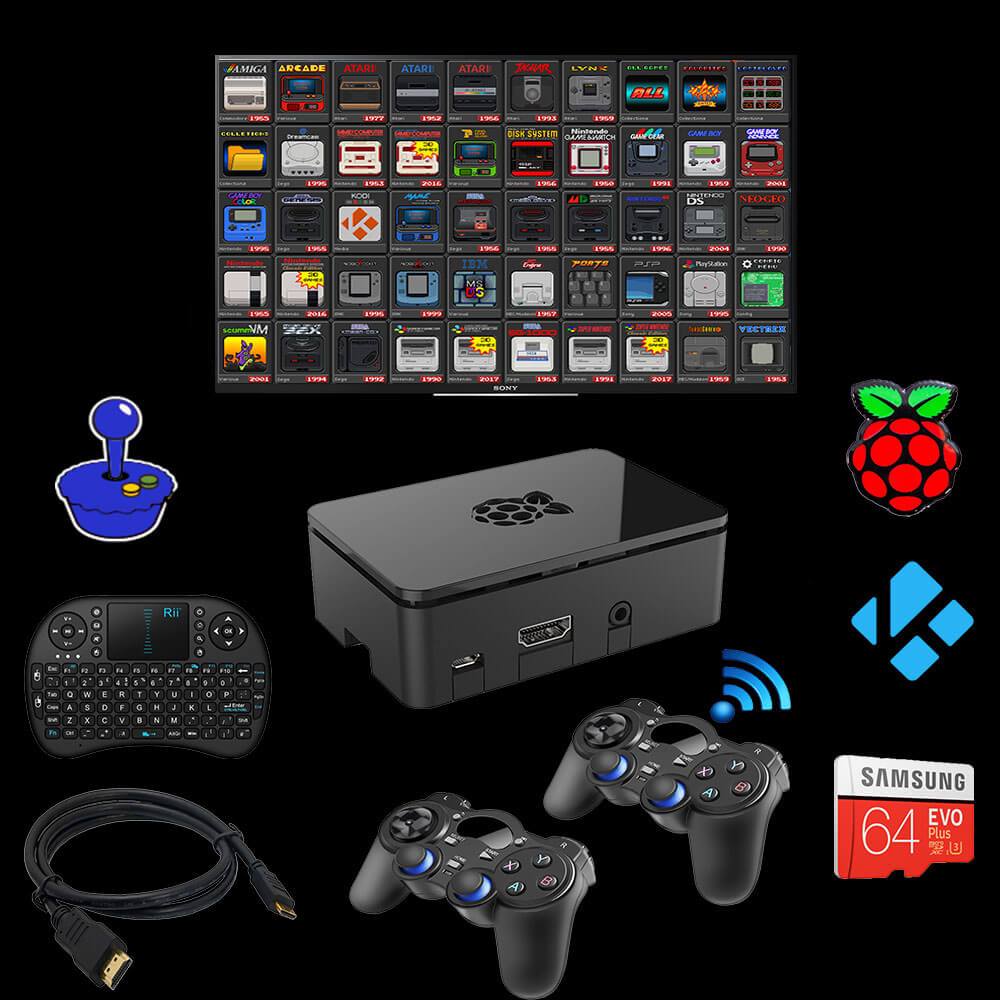

Press “B” to go to the Quick Menu, press down on the “D” pad to get back to the top of the screen and press “Resume Content” to get back to your game. To choose a shader, select it in the menu, and then you will be returned to Shader Options, and the shader will be applied. Go straight to select “Quick Menu -> Shader Options -> Load Shader Preset”.Īll the individual shaders are in the folder marked Shaders, but the presets are composed of combinations of the individual shaders. Once in the Retroarch Menu, the controls are the same: click on an item with “A,” and back up with “B.” You will see a lot of configuration options, but luckily we can ignore all of those. Press the “Select” and “X” keys on the pad (or whatever you have those mapped to on your controller), and enter the Retroarch menu system. In Retropie the shaders menu is hidden away in the Retroarch menu, accessible through the game pad while inside a game. Other emulations have their own settings, but once you know what to look for you can do this for yourself.

We’ll also look at Retroarch and the most notable exception which is the Commodore 64. Retroarch is the underlying emulation subsystem of Retropie, but certain other emulators in the system use their own shaders. Built-in shaders will fuzz the screen up in real time in a variety of interesting ways, provided you know where they are and activate them. Fortunately the makers of game emulations are aware of this and have programmed in some ways to mitigate this lack of oold rubbish displays. Playing games on an LCD is great, no point denying it, but it lacks a certain something. Suddenly the graphics don’t look quite so slick and detailed. But now, of course, we have LCD displays.


 0 kommentar(er)
0 kommentar(er)
